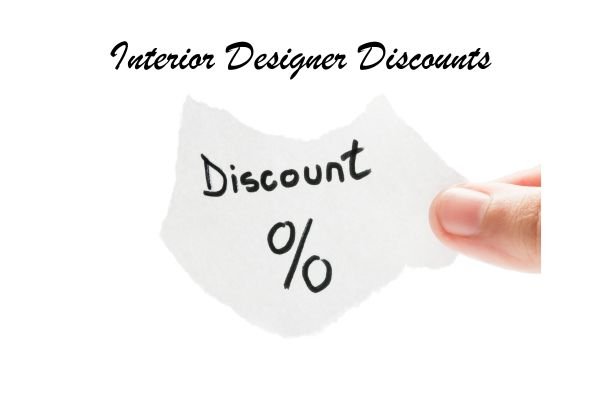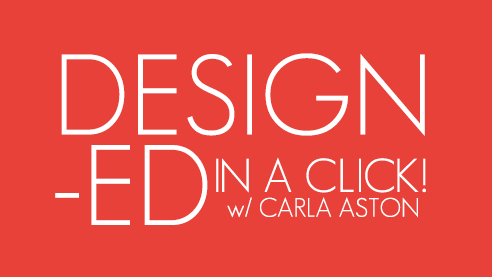Almost everyone I've ever met thinks interior designers get deep discounts on all interior furnishings. There is this notion that we're all getting everything really cheap and just reselling things at high prices to gouge our clients.
I am being totally honest and upfront with you by saying:
That's just not true.
This is the world of retail, folks; and the retail business isn't that much of a mystery.It all involves the basic principles of supply and demand. I mean, just think about it...
Walmart vs. Mom & Pop
Who do you think gets the best discounts on products?
As much as I wish the tables were turned, the simple truth is that the discounts designers get are less significant than the discounts retailers are privileged to have.
You see, residential designers rely on a vast array of sources for products; they typically don’t duplicate their design over and over; and they'll use a number of different suppliers or vendors because each project has their own unique style.
In the eyes of those vendors or manufacturers, residential designers are actually small-time buyers. Because, over the course of a year, there might only be a few instances when their product makes sense for a client's unique design plan.
However, there are situations when exceptions are made. Designers who make regular purchases or frequently work deals with a few vendors can get better discounts. This is called getting "dealer" pricing. Typically, designers who make frequent purchases with a particular brand over the course of a year can maintain the relationship that's needed to retain this type of pricing.
Then there's the Internet, the online under-cutter that makes price competition even stiffer.
If a product needed for a project is available online, anyone can easily do a few Google searches to find out who has the best price.
So to stay competitive, designers who sell product that can also be had online -- and let’s face it, anything that’s not custom can be found online -- must price their items within the range of what online retailers are charging. This means they'll probably be making less than the retailer they're competing with, because retailers get special quantity pricing - and, really, that's only fair.
So if a designer has to sell products at price points that are competitive with those of retail sources, how much money does a designer actually make?
There is no easy answer here. Each designer and design firm is different. So much is factored in to come up with a pricing structure.
When manufacturers sell direct to us (designers), their discounts have a range. Larger firms that do a high volume of purchasing getting the best discount levels. Smaller design studios or solo designers that can’t maintain those selling minimums for the best discounts settle for mediocre pricing levels. Designers that don’t sell a lot of product because they do more consulting or because they do more construction type design where they aren’t buying a lot of furnishings also might not have the best furniture discount levels.
Many kitchen and bath designers typically sell cabinets, tile, countertops, etc. to help make that income, apart from fees. They become dealers for certain cabinet manufacturers and get discounted pricing that way so they can sell that product. However, some designers, like me, operate independently, so I make most of my income with fees. I let my contractors purchase construction materials, after I specify all the products on the job.
Any money made off product by the designer typically includes the procurement, tracking, setting up delivery and installation, handling any damages, mishaps, etc. It also covers the time spent creating the vendor relationship and researching the product to become knowledgeable about it, which is really the pre-project work.
So once all that is taken into consideration, especially for a solo designer, the actual profit margin is not huge. Especially if there is not a considerable amount of product to purchase in a particular project.
Oh, and I almost forgot! There's also the risk of someone being unhappy with the product when it arrives, or there's a problem with it, or it arrives damaged. Time spent on those problems can eat away at your profit in a heartbeat, potentially leaving you in the red.
The perception of the "big designer discount" is really just a myth.
But don't get me wrong! Of course, we want your business! We do want you to buy from us! We do need that money to be able to keep afloat! And best of all, the more that runs through our business so that we are the responsible party the more we can control the outcome which works out best for you.
We want to make sure you get the value you seek for your dollars.
Ultimately, we all want a win-win, which will always be the fairest deal there is ;-)
◆
Want to know more about what it's like to work with an interior designer? Try these links below.
Interior Designers Aren't Mere Service Providers, We're Much More
How Purchasing Furniture and Decor Through A Design Business Works
Want To Use An Interior Designer's Discount?
The Problem With E-Design, From An Interior Designer's Perspective



